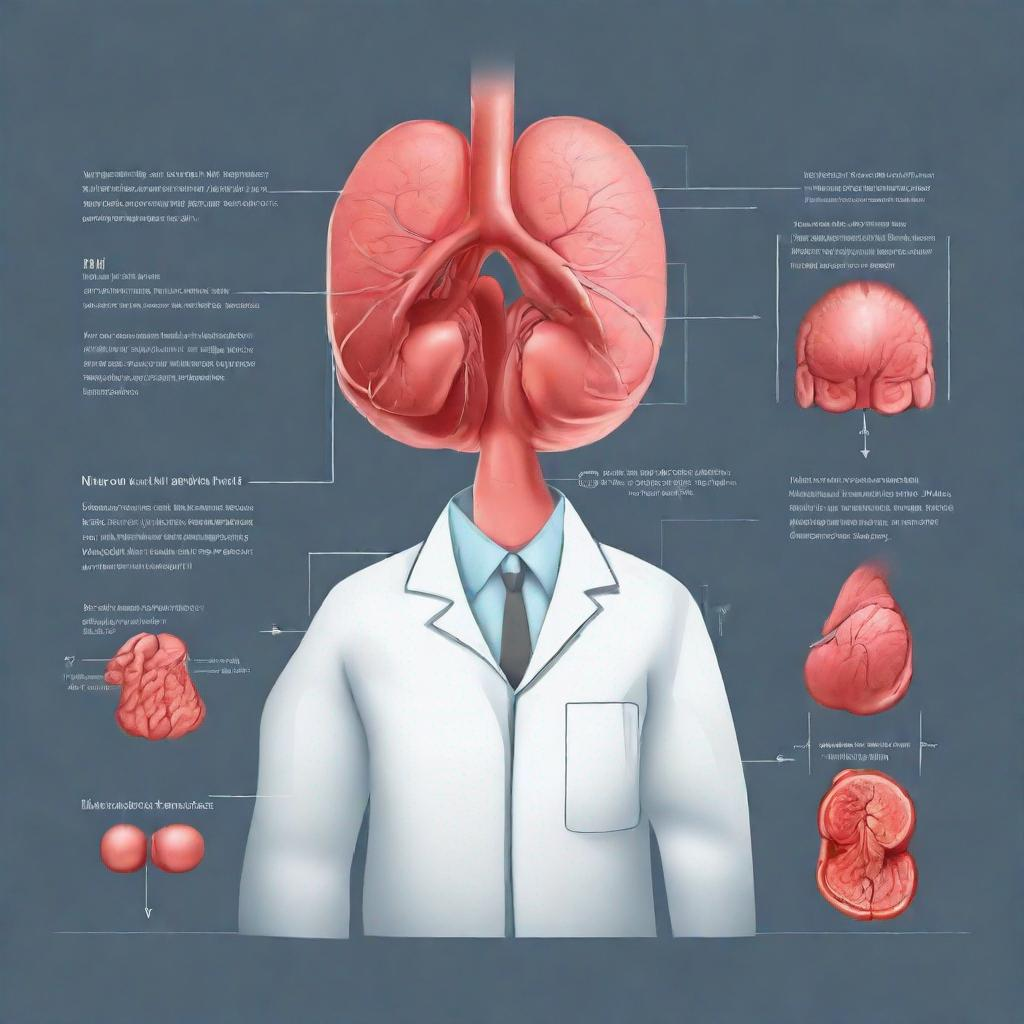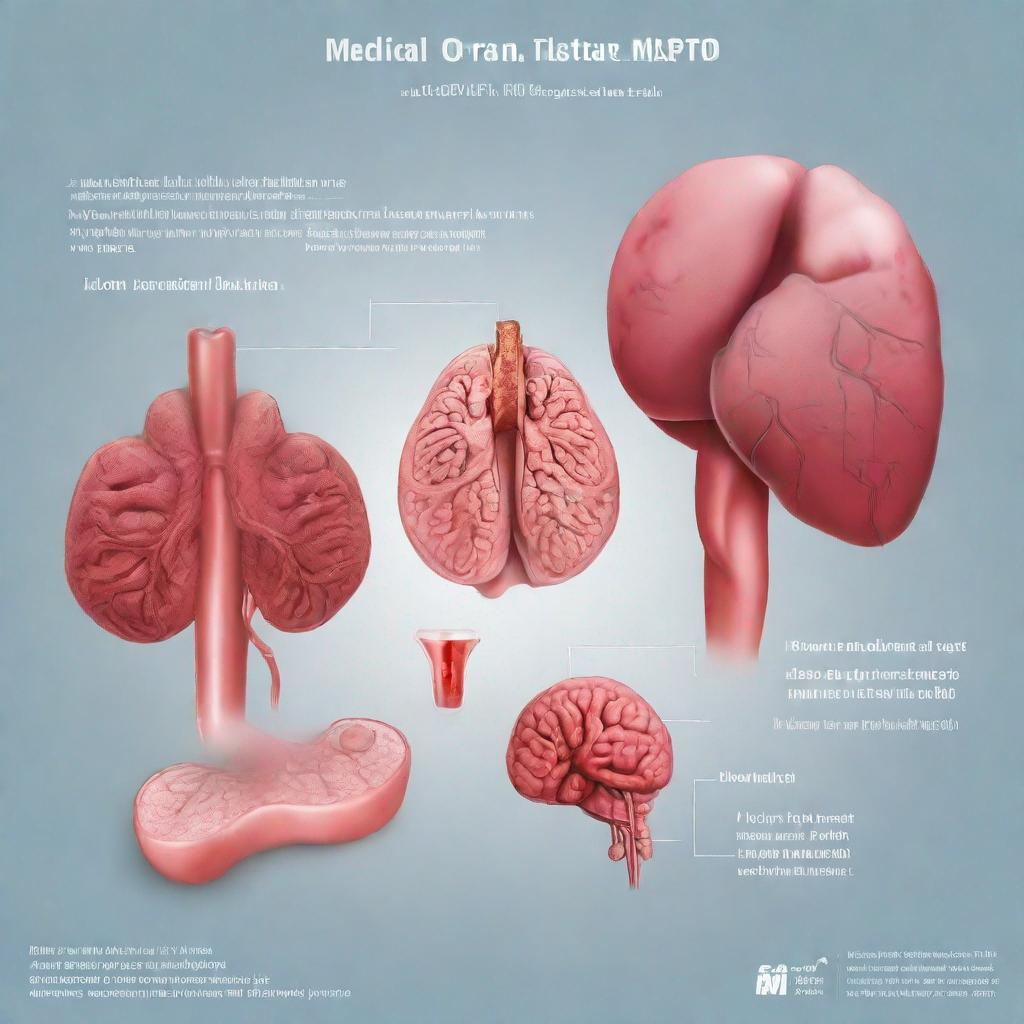## Comprehensive Article on Sputum Culture
### Introduction
A sputum culture is a medical test that examines a sample of sputum, the thick mucus expelled from the lungs, to identify bacteria or fungi responsible for respiratory infections or underlying diseases. It plays a crucial role in diagnosing and treating conditions affecting the respiratory system.
### Procedure
To collect a sputum sample, your doctor or a trained medical professional will typically ask you to:
1. **Cough deeply:** You will be asked to cough deeply from the lower part of your lungs to bring up sputum.
2. **Expectorate into a sterile container:** Once you have coughed up sputum, expectorate it into a special container provided by the medical professional.
3. **Rinse your mouth:** Rinse your mouth with water and gargle to remove any potential contaminants.
Sometimes, if you cannot produce sputum naturally, your doctor may induce sputum production through one of the following procedures:
* **Sputum induction:** Inhaling an aerosol can stimulate mucus production.
* **Bronchoscopy:** A thin, flexible tube with a camera is inserted into your airways to collect the sample directly from the lungs.
* **Transtracheal aspiration:** A needle is inserted through your neck into your trachea to extract the sample.
* **Percutaneous needle aspiration:** A needle is inserted into your lung through your chest wall to collect a sample.
### Diagnosis
A sputum culture can help diagnose the following conditions and diseases:
**Diseases and Conditions:**
* Pneumonia
* Bronchitis
* Cystic fibrosis
* Tuberculosis
* Lung abscess
* Empyema
* Pulmonary fibrosis
* Chronic obstructive pulmonary disease (COPD)
### Importance
**Symptoms:**
The presence of symptoms such as coughing up mucus, chest pain, fever, chills, fatigue, loss of appetite, crackles or wheezing in the lungs can warrant a sputum culture test.
### Importance and Significance in Medical Diagnosis
This test is crucial because it enables healthcare professionals to:
* Identify the specific type of bacteria or fungus causing a respiratory infection.
* Determine the appropriate type and dosage of antibiotics or antifungals to administer.
* Track disease progression and monitor its response to treatment.
* Identify the underlying cause of persistent or recurring respiratory symptoms.
* Rule out other potential respiratory illnesses with overlapping symptoms.
### Alternatives
Alternative tests or procedures to sputum culture may include:
* **Chest X-ray:** Provides visual information about the lungs and airways to identify pneumonia or other lung infections.
* **Blood test:** Can indicate an infection by measuring elevated white blood cell counts and inflammatory markers.
* **Lung biopsy:** Involves extracting a small tissue sample from the lungs for laboratory analysis to determine if an underlying medical condition is present.
* **Bronchial washing:** Washes the airways with saline and collects the sample for analysis, similar to sputum culture.
### Preparation
There is **no special preparation** required for a sputum culture test. However, informing your doctor about any medications you are taking, particularly antibiotics, is important.
### Duration
The **procedure itself is quick** and generally takes a few minutes. The time **to receive the results** varies and depends on the laboratory conducting the test.
### Recommendations
Following a sputum culture, your doctor may recommend additional tests based on the results, such as:
* Repeat sputum culture to monitor treatment response.
* Sensitivity testing to identify the specific antibiotics effective against the identified microorganisms.
* Lung function tests to assess the extent of lung damage if an underlying condition is present.
* Chest CT (computed tomography) scan for a detailed examination of the lungs to detect abnormalities or infections.
Understanding the role of sputum culture and other related tests helps patients make informed decisions about their healthcare journey.




